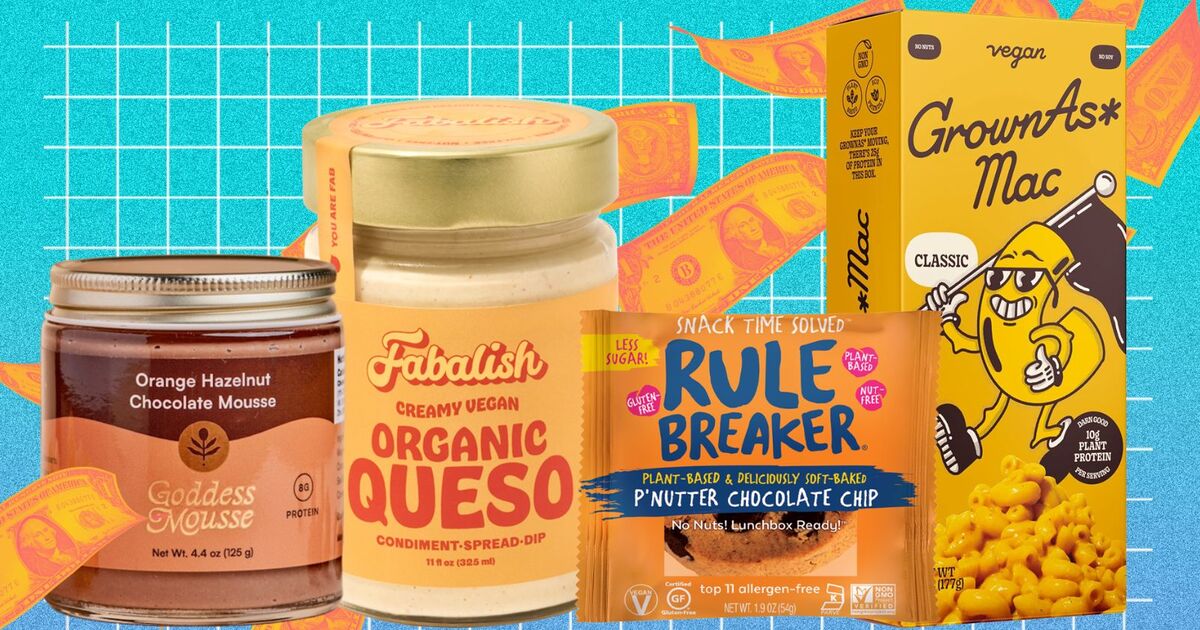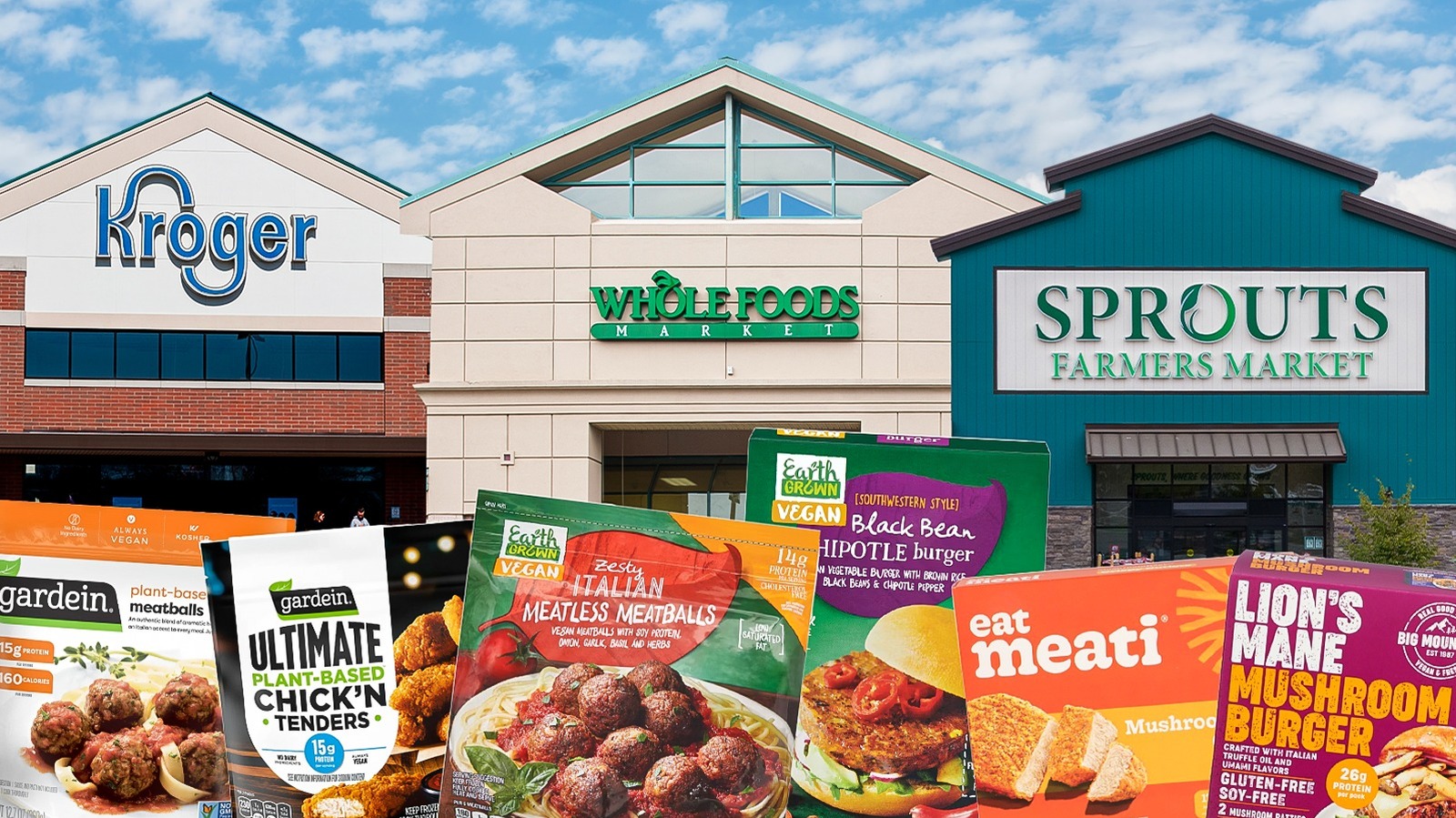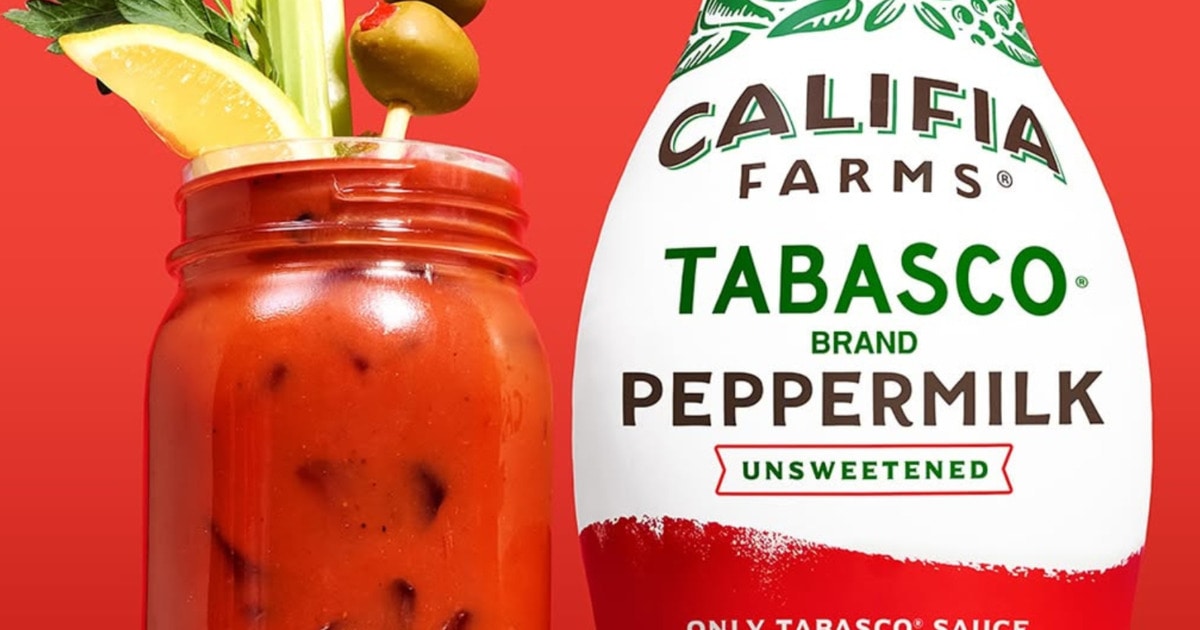Plant-based meat is often categorised an ultra-processed food (UPF). But according to a new guide, there are key nutritional differences between plant-based and other foods in the category.
The guide, authored by the Physicians Association for Nutrition (PAN International) and the Good Food Institute (GFI) Europe, aims to help healthcare professionals, NGOs and policymakers navigate the controversial topics of plant-based and UPFs.
Is plant-based meat healthier than other UPFs?
Plant-based meat is often considered a UPF. This has contributed to a backlash against the category, with many consumers seeking more ‘natural’ plant-based ingredients. Some plant-based brand such as THIS and Moving Mountains, have taken heed, releasing ranges based on whole foods that moving away from processing.
However, the truth may not be so black and white. A recent investigation by FoodNavigator found that there are often more artificial ingredients in sliced bread found in a supermarket than plant-based meat. In the investigation, most plant-based brands contained three or fewer artificial ingredients, unlike sliced bread which often contained upwards of four.
Now, PAN International and GFI Europe are highlighting other key differences between plant-based and other UPFs, particularly processed meats.
According to their guide, plant-based meat often contains similar levels of protein to processed meats, being only slightly lower on average per 100g. More to the point, it often has more fibre and less saturated fat than its animal-based counterpart, and is slightly lower in caloric density.
Many studies, the guide outlines, show a link between replacing conventional meat with plant-based meat and the reduction of both bodyweight and LDL cholesterol (’bad’ cholesterol). The studies also showed benefits for gut health and a reduction in the risk of colorectal cancer.
Some ingredients traditionally used in plant-based meat, such as haem, can be used to introduce bioavailable minerals like iron.
Furthermore, several studies found that a large portion of the negative health effects associated with UPFs overall were most significantly linked to sugary drinks and processed meats.
Nevertheless, there are still areas where plant-based meat could be improved. For example, salt could be further reduced, and fortification with key nutrients is currently “inconsistent.”
In the end, however, the guide suggests that plant-based meat alternatives have the potential to have a broadly positive impact on public health by replacing consumption of processed meat without significant behavioural changes.
Public ‘confused’ over UPFs
The guide points to public “confusion” over UPFs, saying that concerns around UPFs have made people wary of long ingredient lists. The implication is that confusion is limiting people’s uptake of plant-based meat.
Plant-based meat, as outlined previously, does not possess many of the characteristics that make processed meat harmful to health, despite the fact that both are UPFs.
Unlike some existing criticism of UPFs and the viability of the Nova classification, by which they’re judged, the guide does not reject UPF terminology and the Nova classification out of hand. Most but not all UPFs have a poor nutritional profile, regardless of processing, it suggests PAN International and GFI.
However, it stresses Nova’s limitations as a strict dietary guideline, and points out that dietary shifts as a response to Nova have not been widely tested. In particular, the Nova definition is misleading when it comes to plant-based meat. Plant-based meat is an ‘outlier’ compared to other UPFs as far as nutrition is concerned, the guide stresses.
For example, in one study, 64% of plant-based meat was considered ‘good’ according to the criteria of front-of-pack nutrition labelling scheme Nutri-Score, compared to just 26% of conventional processed meat.
The guide also points out that in some countries, such as the Netherlands, official dietary guidelines include plant-based meat.
What is the Nova classification?
The Nova classification is a food processing classification, first drawn up by Carlos Monteiro in 2008. It sorts food into four categories by levels of processing.
- 1: Minimally processed foods: These are foods with no or very minimal levels of processing, and include fruits, vegetables, beans, mushrooms, and eggs.
- 2: Processed culinary ingredients: This covers ingredients which are rarely eaten by themselves, such as salt, pepper, vanilla extract, cooking oil, and sugar.
- 3: Processed foods: These foods have been processed to a greater extent than those in category one, but with fewer steps than UPFs. These include cheese, bacon, sourdough bread, tofu, and salted crisps.
- 4: Ultra-processed foods: UPFs are foods whch have been through multiple processing steps and processed in ways which often cannot be replicated in a traditional kitchen. UPFs include hot dogs, energy drinks, chocolate bars, pre-packaged bread and plant-based meat.



